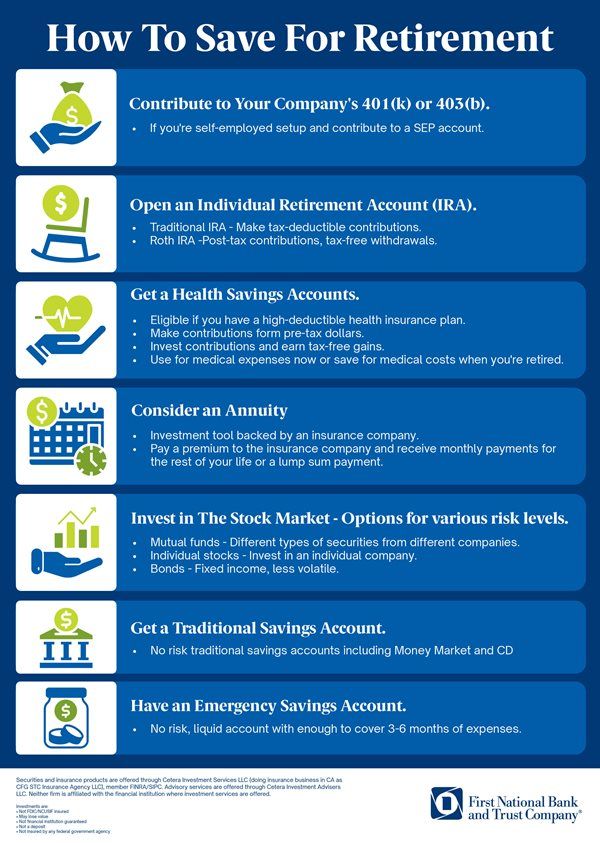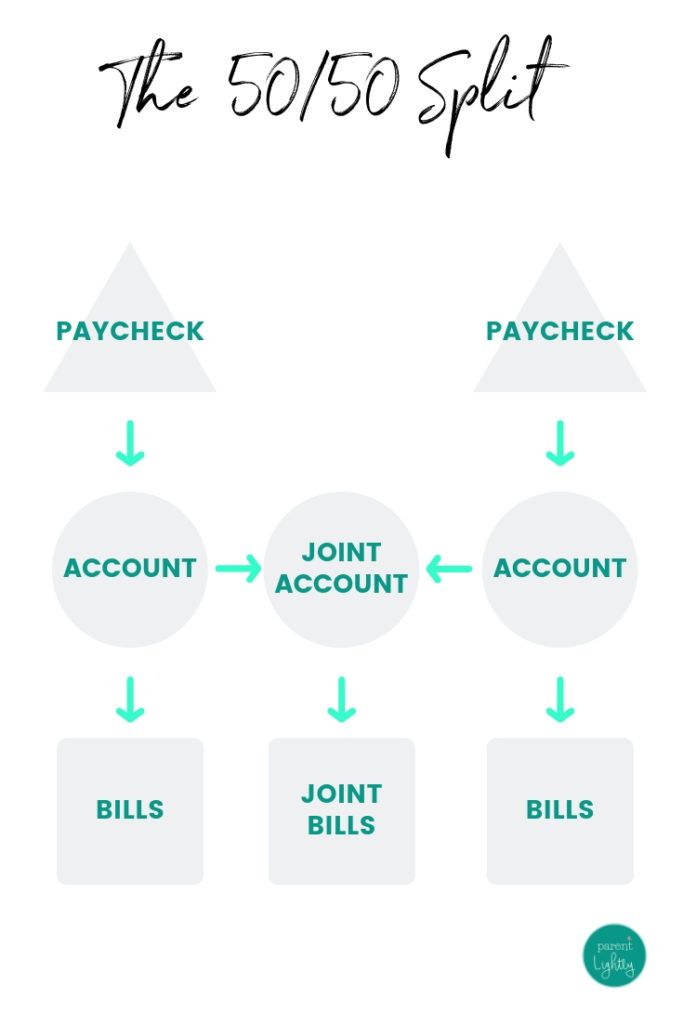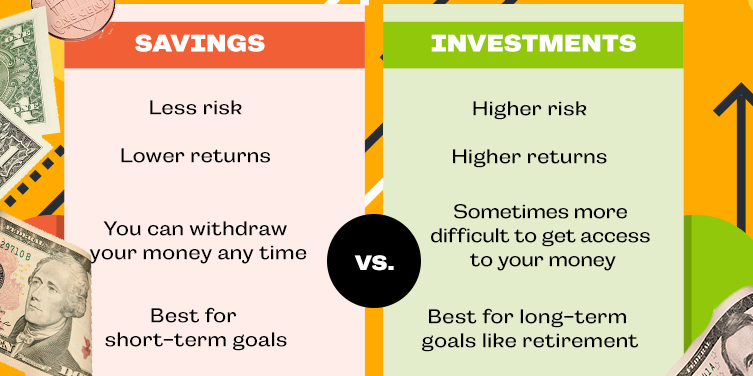Investing can be a daunting and intimidating task, especially for those new to the world of finance. One of the key concepts that every investor should understand before jumping into the market is their risk tolerance. Risk tolerance refers to the level of risk that an individual is comfortable taking when making investment decisions. It is an essential factor that can greatly impact the success of your investment portfolio.
What is Risk Tolerance?
Risk tolerance is a highly personal and individualized measure that varies from person to person. It is determined by factors such as age, financial goals, investment experience, and temperament. Generally, risk tolerance can be classified into three categories: conservative, moderate, and aggressive.
Conservative investors are typically averse to risk and prefer safer, low-risk investment options such as bonds and money market accounts. They prioritize capital preservation over potential returns and are less likely to take on high levels of risk.
Moderate investors are willing to take on a moderate level of risk in exchange for the possibility of higher returns. They typically have a balanced portfolio consisting of a mix of stocks, bonds, and other investment assets.
Aggressive investors are comfortable with high levels of risk and are willing to invest in riskier assets such as individual stocks, commodities, and high-yield bonds. They have a higher tolerance for market volatility and are seeking maximum returns.
Assessing Your Risk Tolerance
Assessing your risk tolerance is crucial before making any investment decisions. There are several tools and questionnaires available online that can help you determine your risk tolerance level. These assessments typically consider factors such as your age, investment goals, time horizon, and financial situation.
It’s important to be honest with yourself when assessing your risk tolerance. While it may be tempting to chase high returns, investing beyond your risk tolerance can lead to undue stress and anxiety, especially during market downturns. Remember that investing is a long-term game, and it’s essential to have a well-balanced and diversified portfolio that aligns with your risk tolerance.
Managing Risk in Your Portfolio
Once you have assessed your risk tolerance, the next step is to implement a risk management strategy in your investment portfolio. Diversification is key to managing risk effectively. By spreading your investments across different asset classes, industries, and geographical regions, you can reduce the impact of market volatility on your portfolio.
Rebalancing your portfolio regularly is also essential to ensure that your asset allocation remains in line with your risk tolerance. As your financial goals and risk tolerance may change over time, it’s crucial to review and adjust your investment strategy periodically.
It’s also important to stay informed about the latest market trends and economic developments. By staying informed, you can make more informed investment decisions and adjust your portfolio accordingly to mitigate risk.
Conclusion
Understanding your risk tolerance is a critical aspect of successful investing. By assessing your risk tolerance, implementing a risk management strategy, and staying informed about market trends, you can build a well-balanced and diversified portfolio that aligns with your financial goals and risk tolerance. Remember that investing is a long-term journey, and it’s essential to remain disciplined and patient, especially during times of market volatility.
Investing is a powerful tool for building wealth and achieving financial freedom, but it’s important to approach it with caution and a clear understanding of your risk tolerance. By following these guidelines, you can set yourself up for success in the world of investing.









